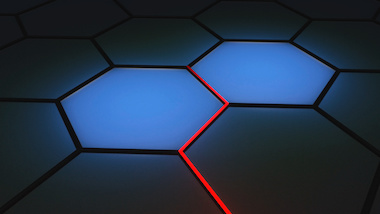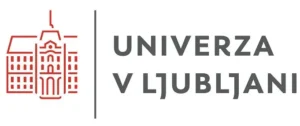News
Scientific Monograph
1. Matej Ogrin (avtor, fotograf), Katja Vintar Mally (avtor, fotograf), Anton Planinšek, Griša Močnik, Luka Drinovec, Asta Gregorič, Ivan Iskra, Onesnaženost zraka v Ljubljani: koncentracije dušikovih oksidov, ozona, benzena in črnega ogljika v letih 2013 in 2014, Ljubljana: Znanstvena založba Filozofske fakultete, 2018.
2. Gregor Posnjak, Topological formations in chiral nematic droplets, Cham: Springer, (Springer Theses), 2018.
Secondary and Primary School Textbook or Other Textbook
1. Aleš Mohorič, Vito Babič, Fizika 1: učbenik za fiziko v 1. letniku gimnazij in štiriletnih strokovnih šol, Ljubljana: Mladinska knjiga, 2018.
2. Vito Babič, Ruben Belina, Peter Gabrovec, Marko Jagodič, Aleš Mohorič, Mirijam Pirc, Gorazd Planinšič, Mitja Slavinec, Ivica Tomić, Fizika. Zbirka maturitetnih nalog z rešitvami 2012-2017, Ljubljana: Državni izpitni center, 2018.
Patent
1. Andraž Rešetič, Jerneja Milavec, Blaž Zupančič, Boštjan Zalar, Polymer dispersed liquid crystal elastomers (PDLCE), US9969847 (B2), US Patent and Trademark Office, 15. 05. 2018.
2. Barbara Malič, Hana Uršič, Marija Kosec, Silvo Drnovšek, Jena Cilenšek, Zdravko Kutnjak, Brigita Rožič, Uroš Flisar, Andrej Kitanovski, Marko Ožbolt, Uroš Plaznik, Alojz Poredoš, Urban Tomc, Jaka Tušek, Method for electrocaloric energy conversion, US9915446 (B2), US Patent and Trademark Office, 13. 03. 2018.
Mentoring
1. Jure Aplinc, Field structures in active and passive liquid crystals: doctoral dissertation, Ljubljana, 2018 (mentor Miha Ravnik).
2. Lovro Fulanović, Relaxor-ferroelectric-based ceramic multilayer elements for viable electrocaloric cooling: doctoral dissertation, Ljubljana, 2018 (mentor Barbara Malič; co-mentor Vid Bobnar).
3. Matjaž Gomilšek, Quantum spin liquids on geometrically frustrated kagome lattices: doctoral dissertation, Ljubljana, 2018 (mentor Andrej Zorko).
4. Marta Lavrič, Stabilization of cholesteric blue phases by nanoparticles and nematic caloric effects induced by external fields: doctoral dissertation, Ljubljana, 2018 (mentor Zdravko Kutnjak).
5. Janez Lužnik, Physical properties of hexagonal high-entropy alloys: doctoral dissertation, Ljubljana, 2018 (mentor Janez Dolinšek).
6. Luka Mesarec, Impact of curvature on nematic topological defects: doctoral dissertation, Maribor, 2018 (mentor Samo Kralj; co-mentor Aleš Iglič).
7. Melita Sluban, One-dimensional Ti,O-based nanostructures: synthesis and application: doctoral dissertation, Ljubljana, 2018 (mentor Polona Umek).

Article in Nature Physics
Nature Physics published an article entitled Observation of two types of fractional excitation in the Kitaev honeycomb magnet by members of the Condensed Matter Physics Department at Jožef Stefan Institute, Nejc Janša, Andrej Zorko, Matjaž Gomilšek, Matej Pregelj and Martin Klanjšek, and colleagues from Switzerland. The article describes the first clear confirmation of the existence of two types of anyonic quasiparticle in a layered crystal α-RuCl3, which is known as the best realization of the Kitaev honeycomb lattice. A decade old famous Kitaev prediction spurred numerous experimental efforts to confirm the existence of anyons. The discovery is important also as the braiding operations with anyons offer one of the most promising platforms for topological quantum computing.
